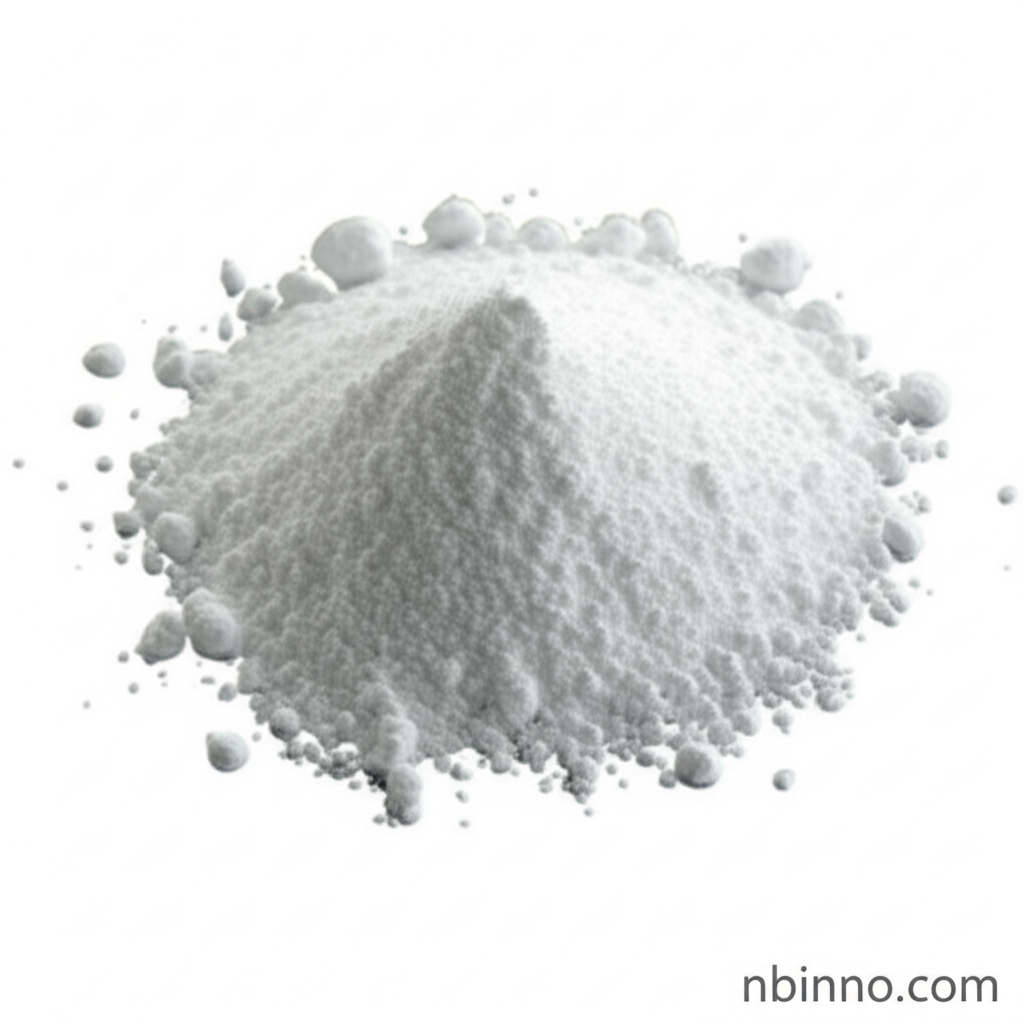Fludarabine: A Comprehensive Guide to Its Applications and Mechanisms in Cancer Therapy
Exploring the critical role of Fludarabine as an antineoplastic agent in treating hematological malignancies.
Get a Quote & SampleProduct Core Value

Fludarabine
Fludarabine is a potent synthetic adenosine analog renowned for its efficacy as an antineoplastic agent. It plays a crucial role in cancer therapy by inhibiting DNA biosynthesis and effectively targeting rapidly dividing cancer cells.
- Fludarabine DNA biosynthesis inhibitor: Its primary mechanism involves disrupting the synthesis of DNA, thereby halting cancer cell replication.
- Fludarabine treatment for CLL: This compound is a cornerstone in treating specific hematological malignancies, most notably Chronic Lymphocytic Leukemia (CLL).
- Fludarabine immunosuppressive effects: Beyond its anti-cancer properties, Fludarabine exhibits significant immunosuppressive effects, making it valuable in specific medical contexts.
- Fludarabine clinical efficacy: Extensive clinical studies have demonstrated the significant efficacy of Fludarabine in improving patient outcomes for various lymphoid malignancies.
Key Advantages of Fludarabine
Targeted Cancer Therapy
As a Fludarabine antineoplastic agent, it selectively targets cancer cells, minimizing damage to healthy tissues, which is crucial for effective cancer therapy.
Broader Therapeutic Applications
Its utility extends to managing conditions like lymphomas and as an integral part of Fludarabine in hematopoietic cell transplantation, showcasing its versatility.
Established Safety Profile
While managing Fludarabine side effects requires careful monitoring, its established usage patterns provide a basis for safe and effective treatment protocols.
Key Applications
Hematological Malignancies Treatment
Fludarabine is instrumental in the Fludarabine treatment for CLL and other lymphoid-related cancers, offering a vital therapeutic option.
Immunosuppression
Leveraging its Fludarabine immunosuppressive effects, it is used in patient preparation for allogeneic stem cell transplantation.
DNA Synthesis Inhibition
The core Fludarabine mechanism of action involves its role as a Fludarabine DNA biosynthesis inhibitor, crucial for its antineoplastic activity.
Pharmacological Research
Understanding Fludarabine chemical properties and Fludarabine synthesis and development contributes to ongoing advancements in cancer drug discovery.
